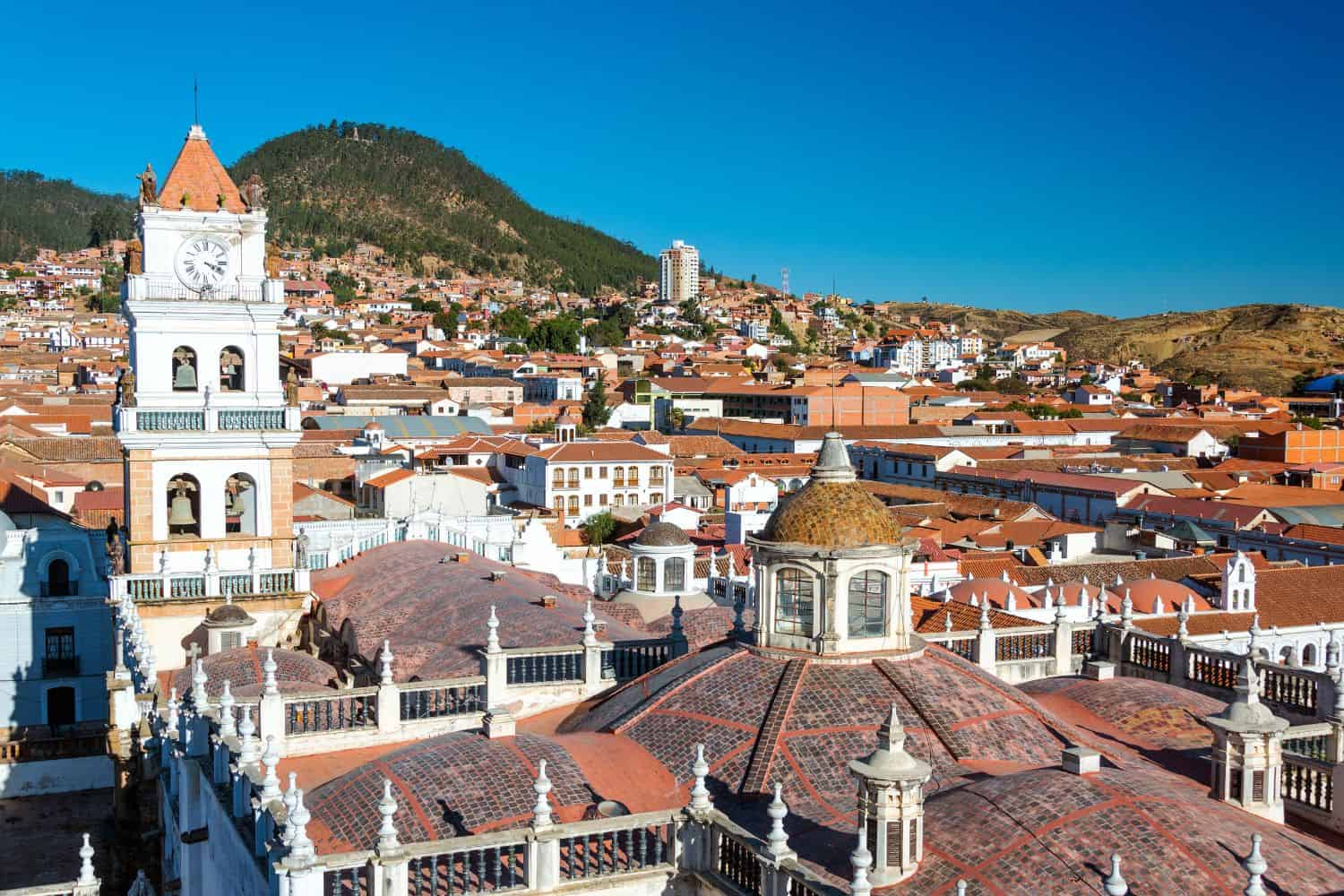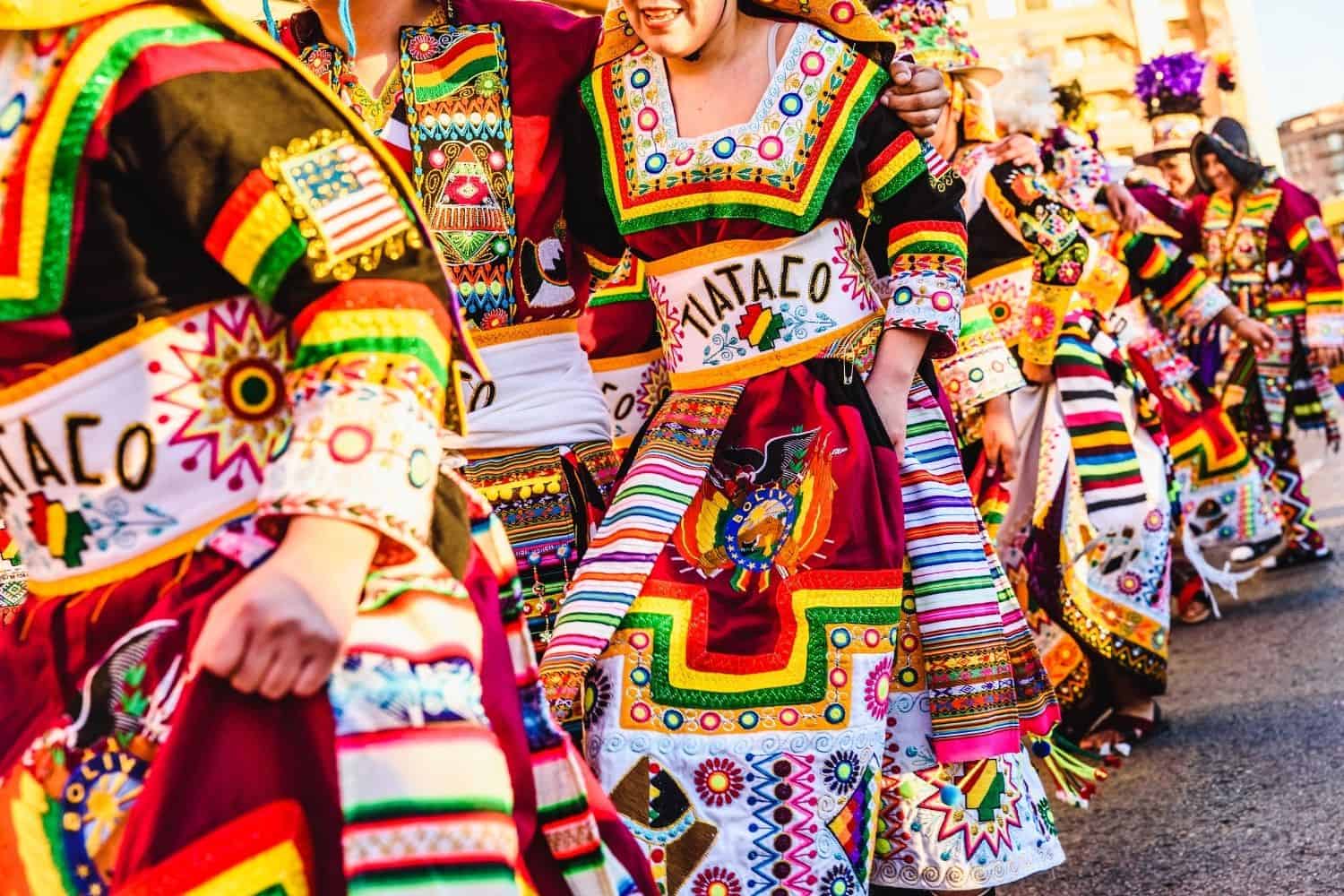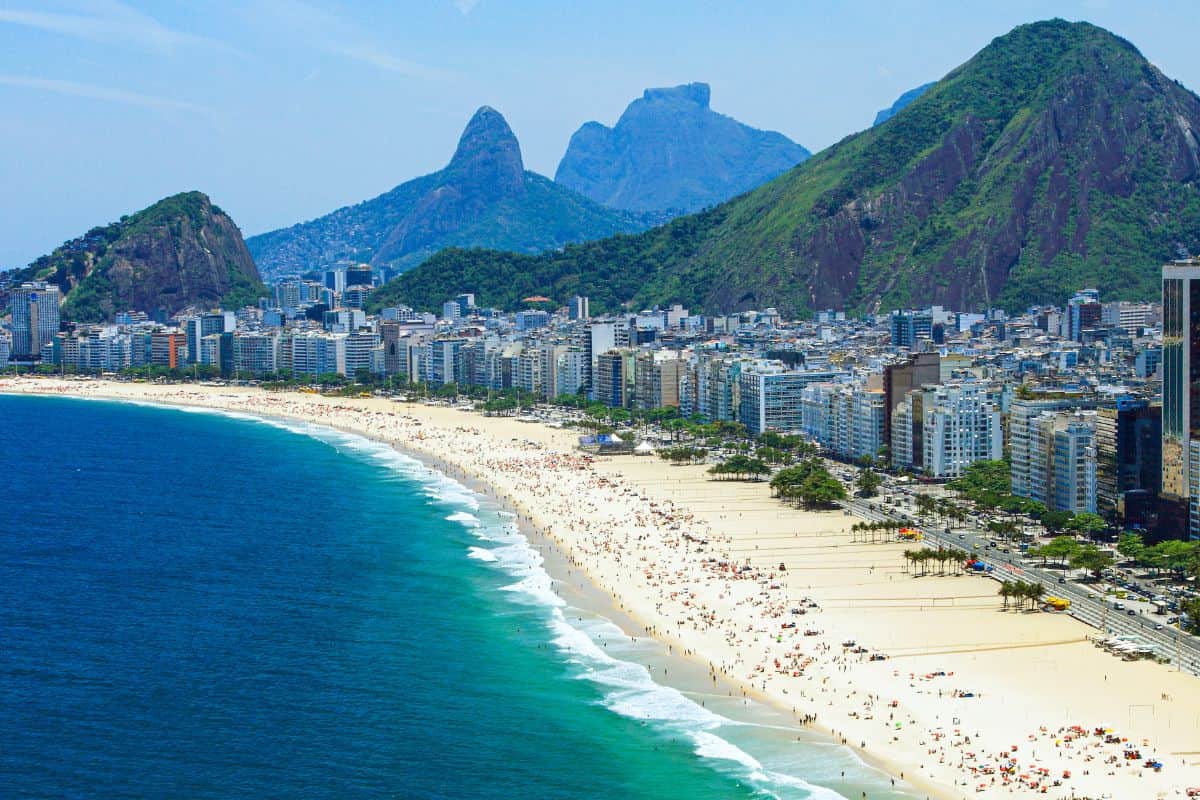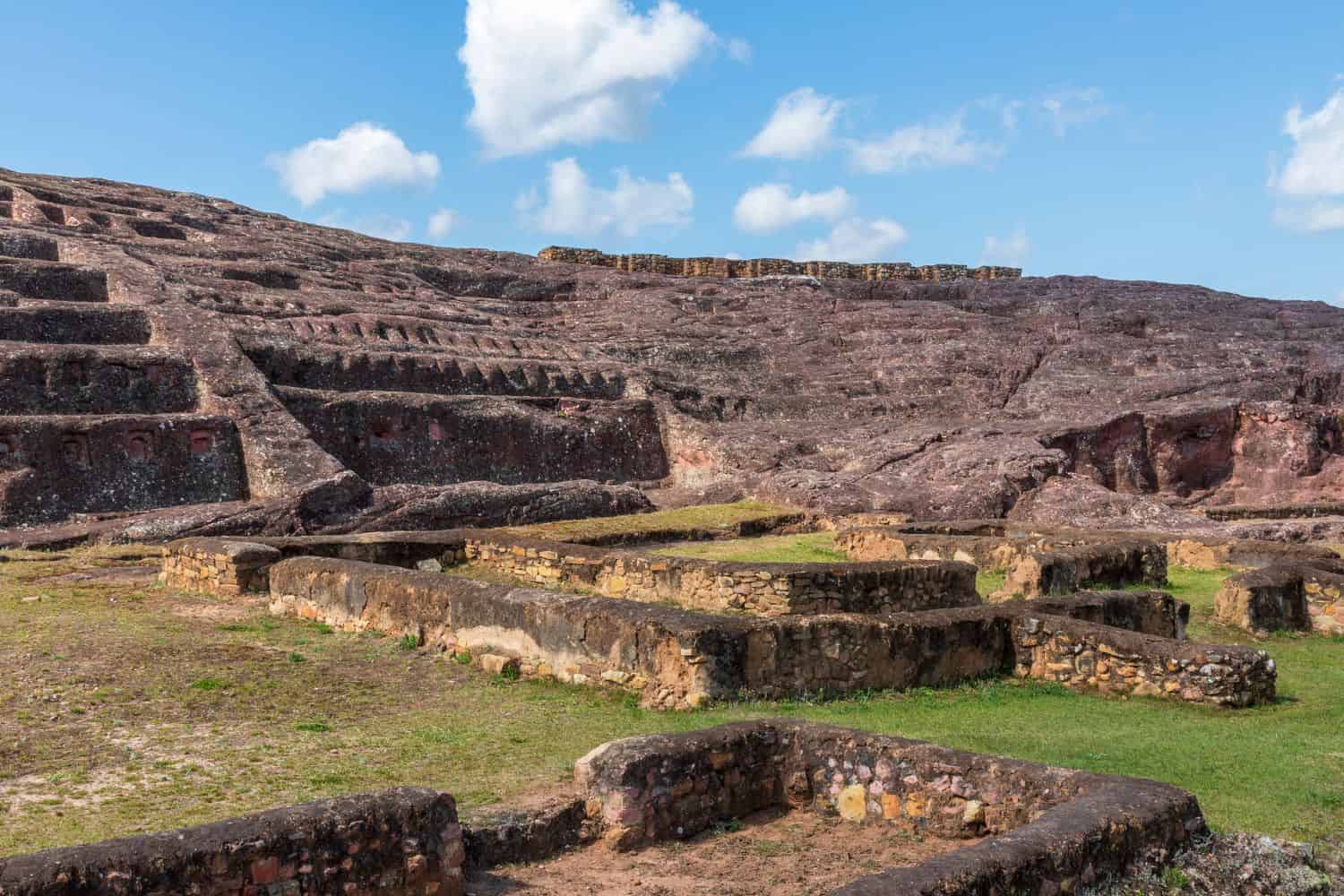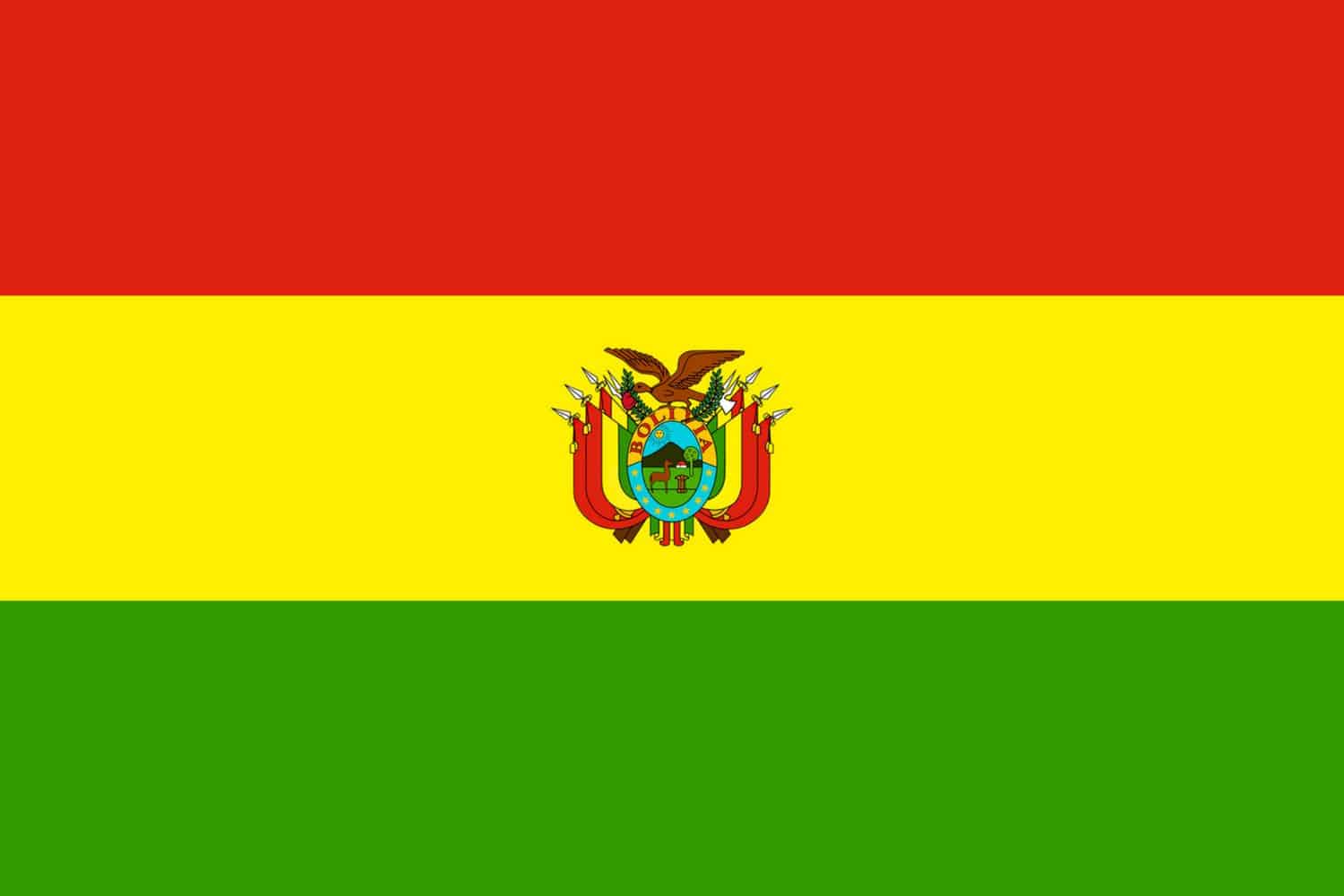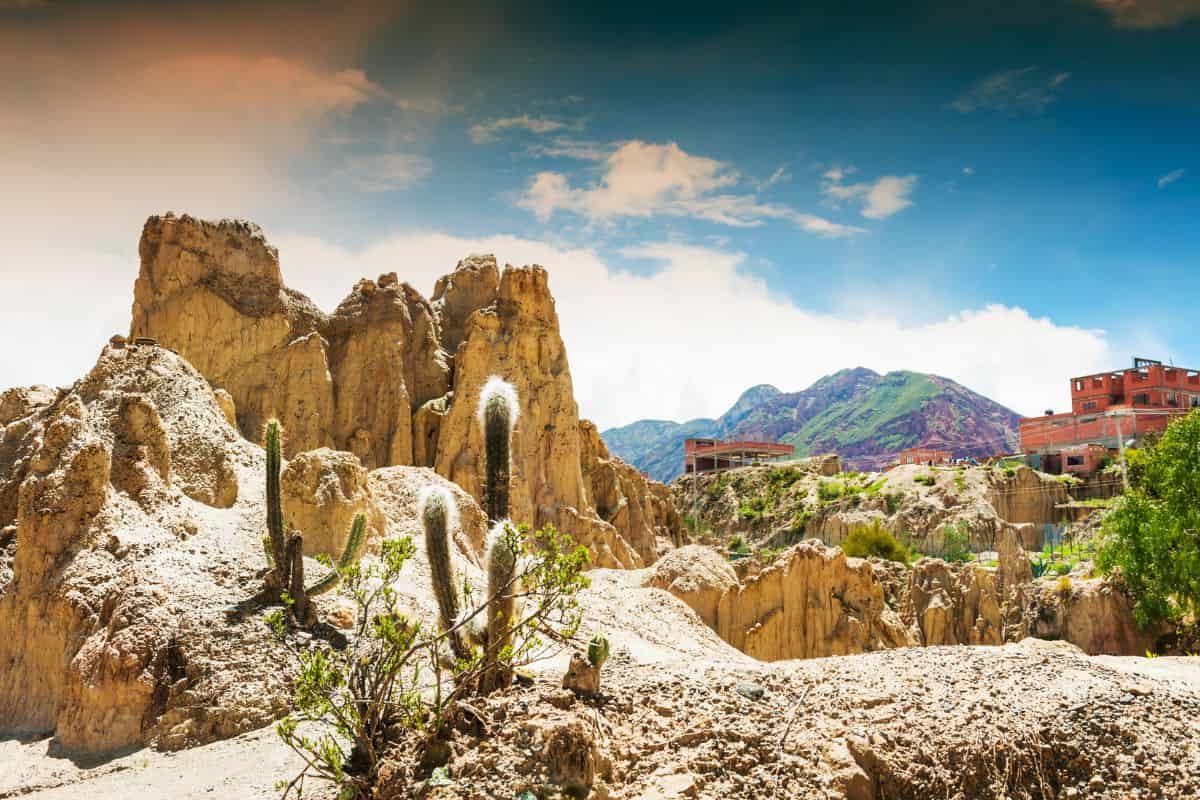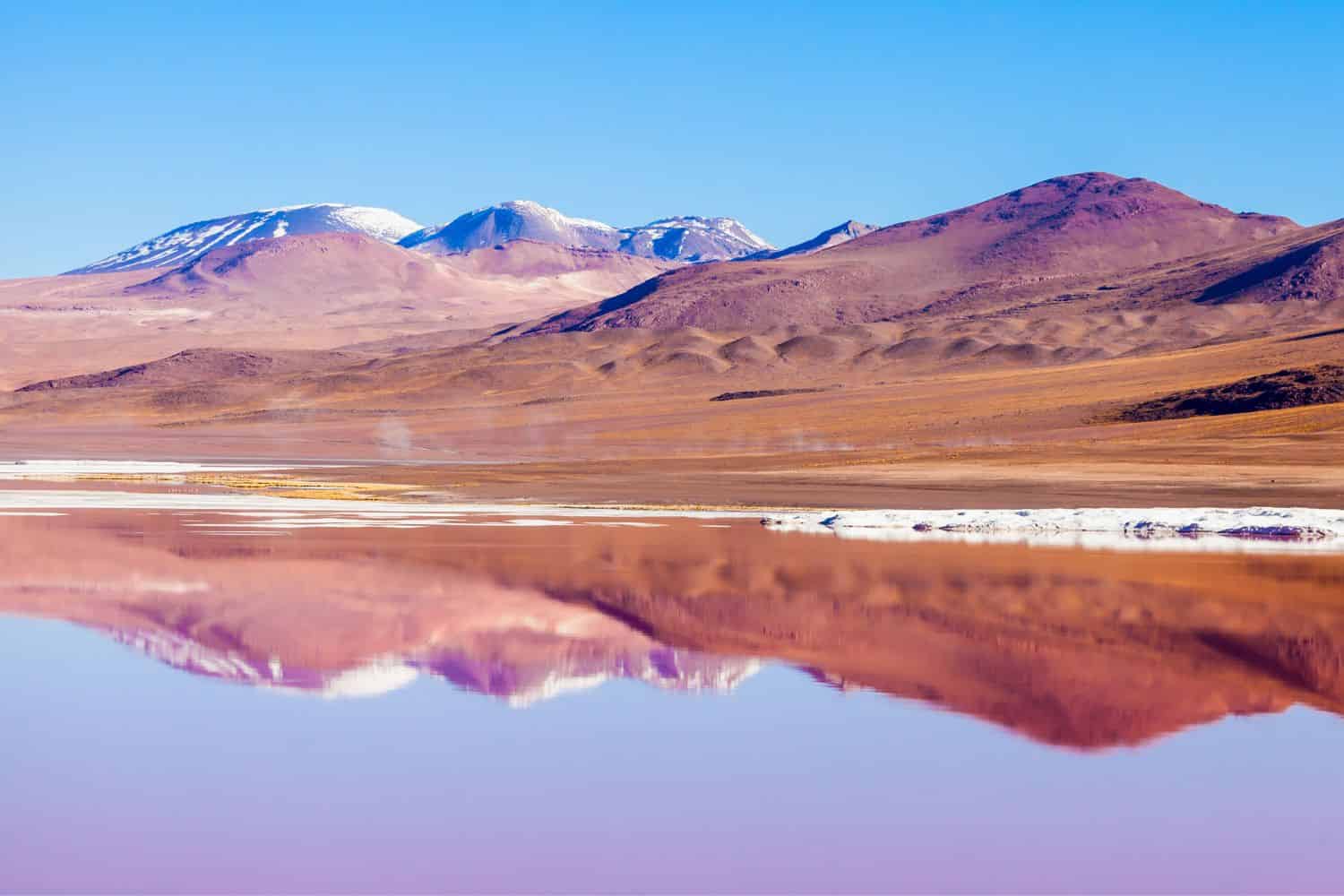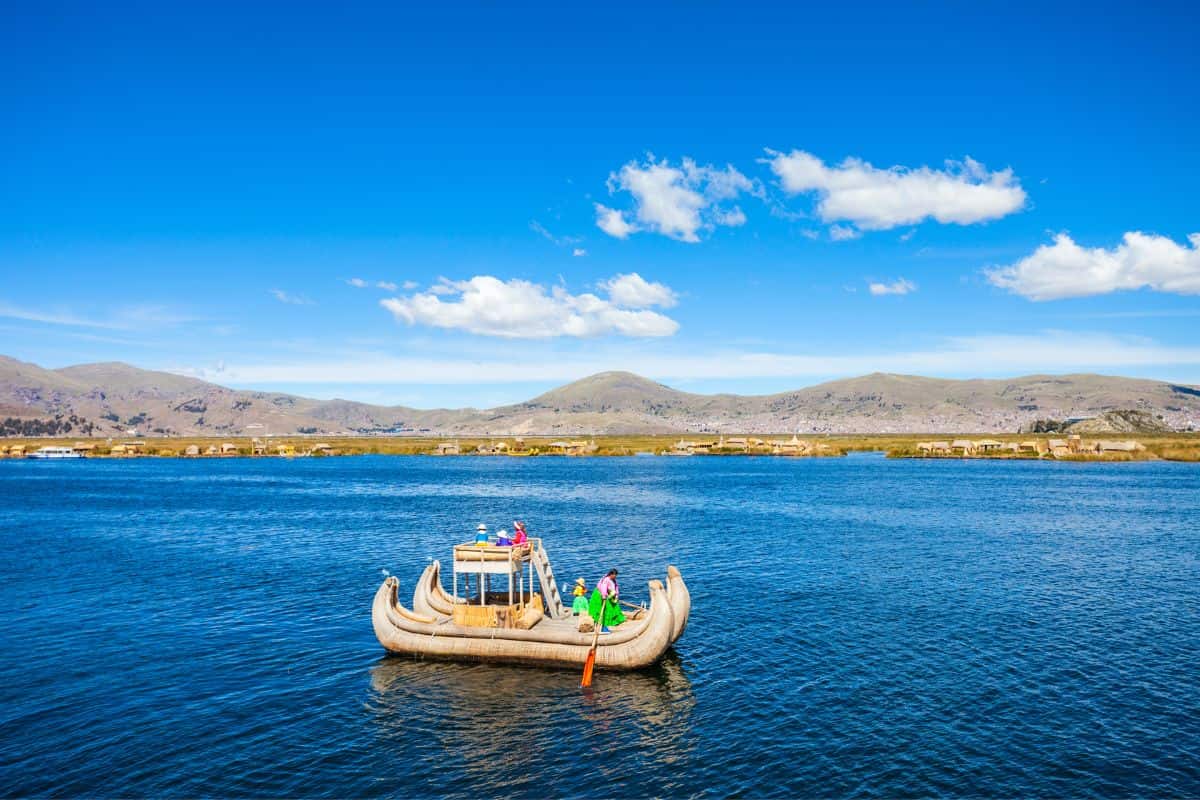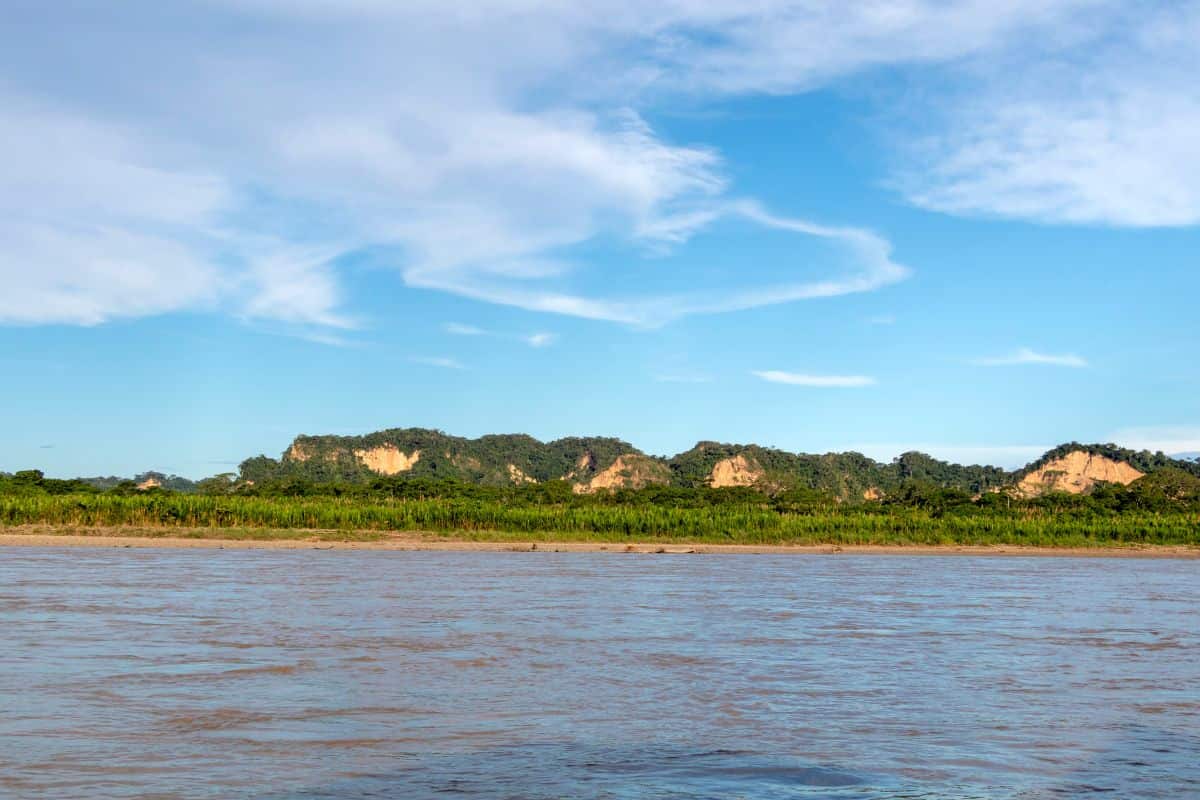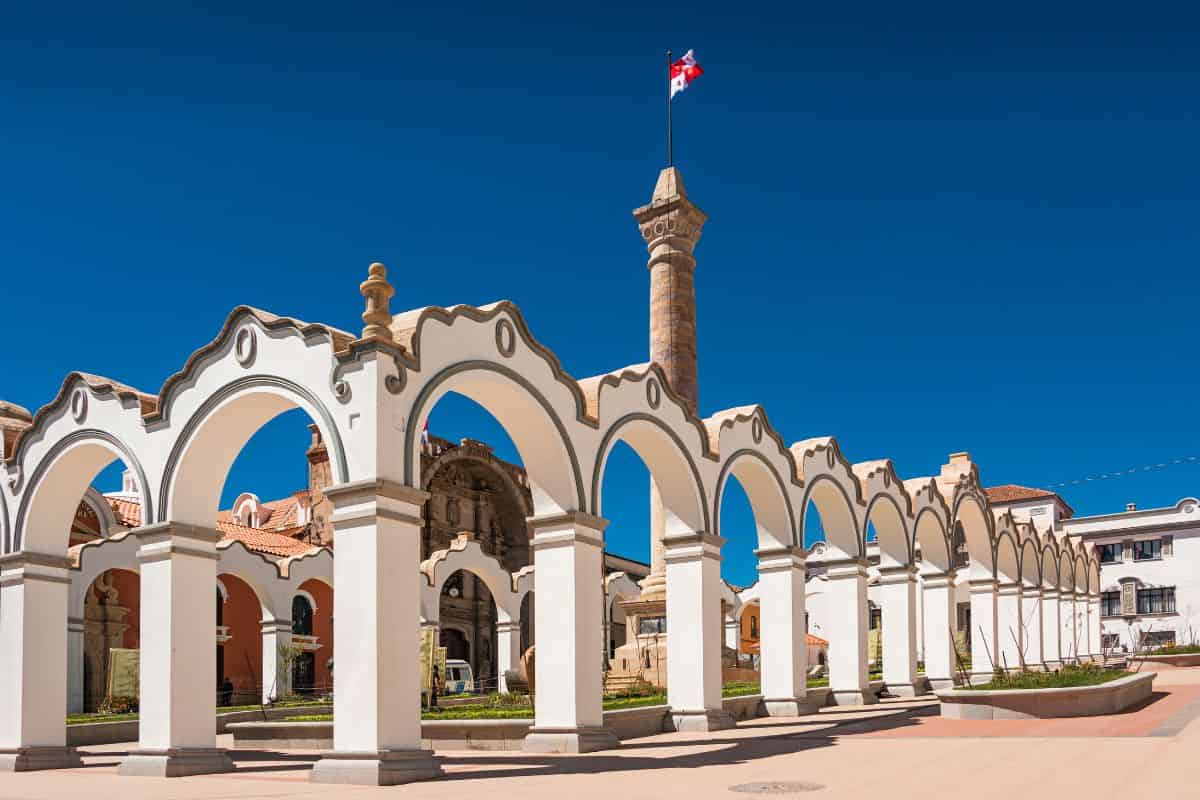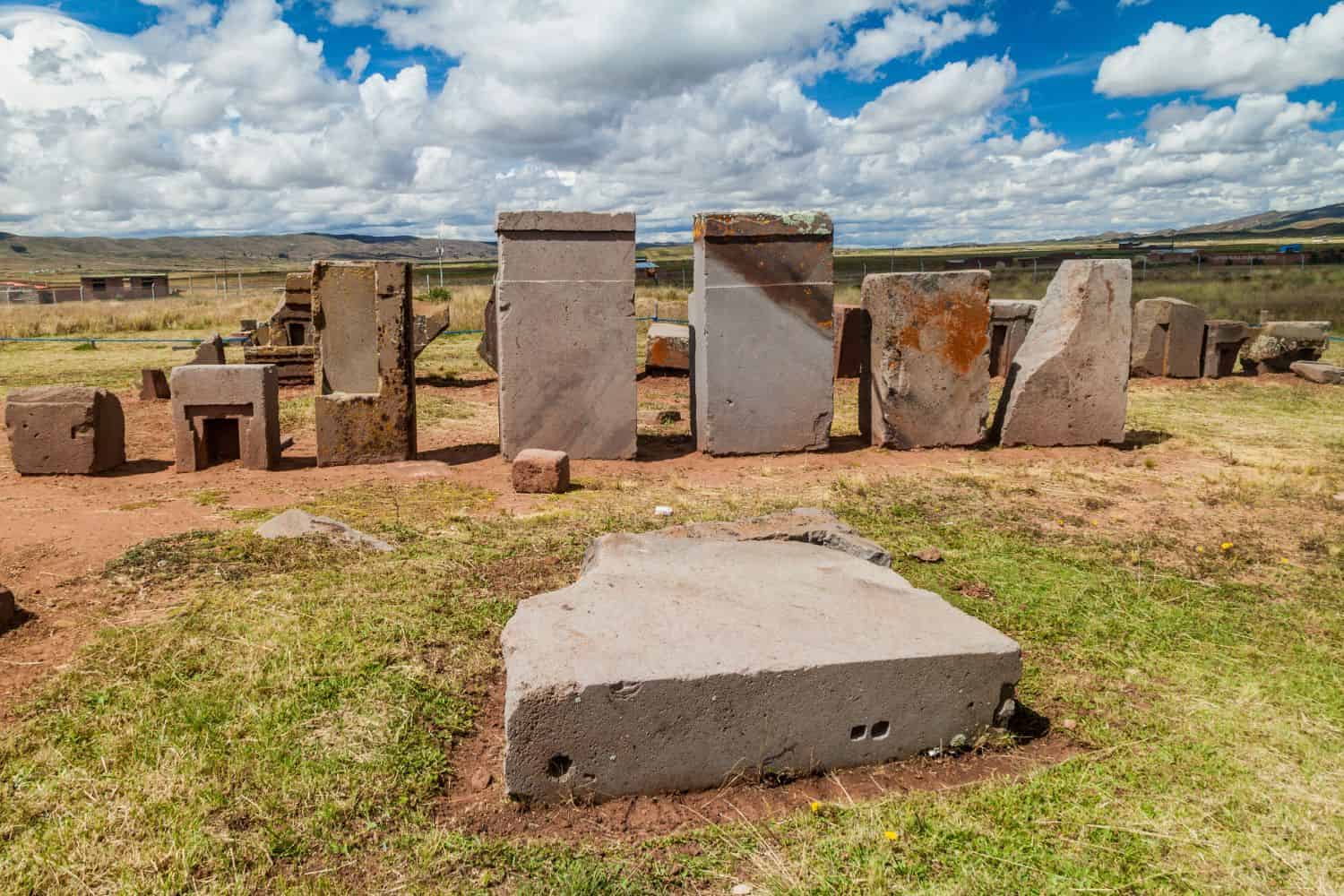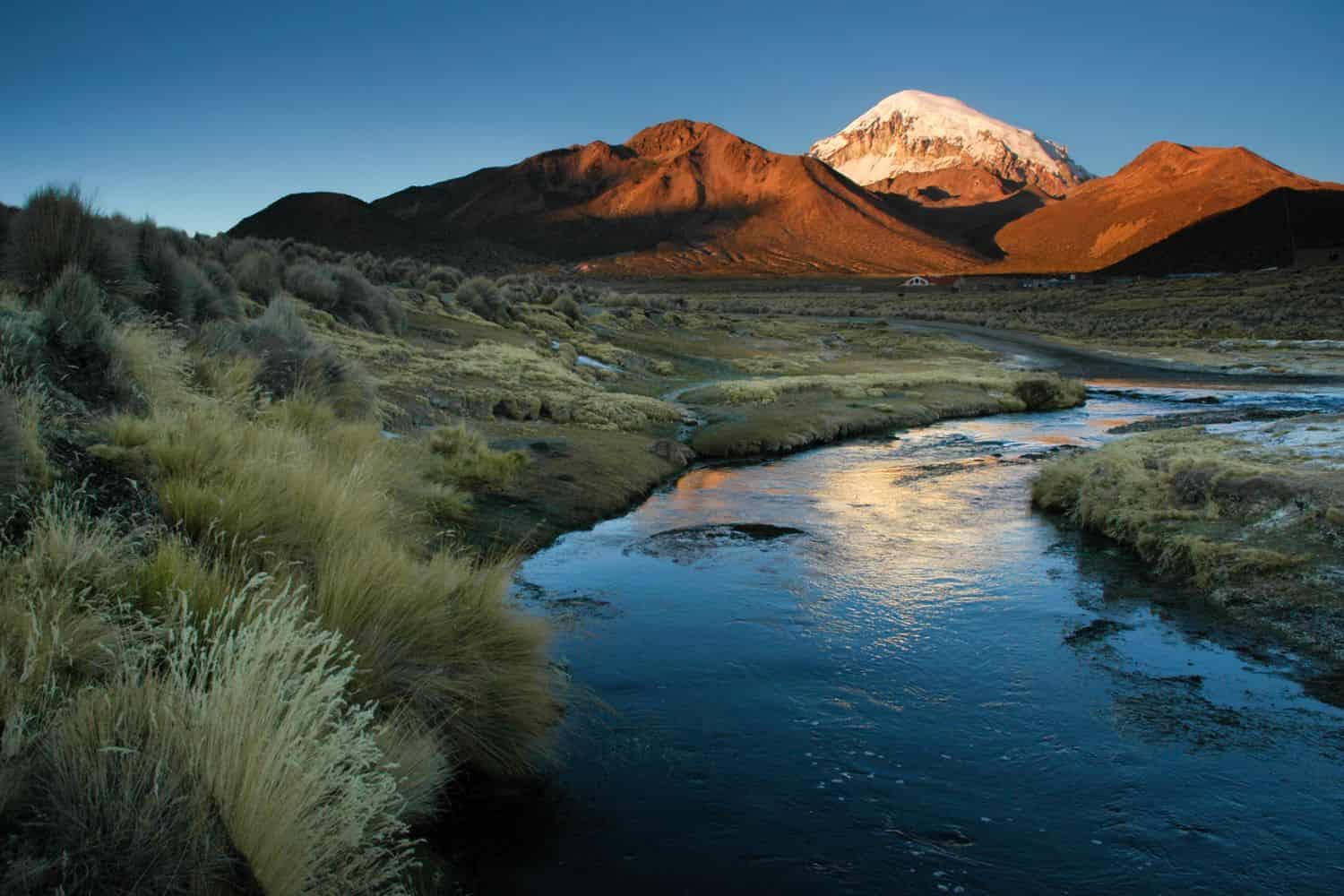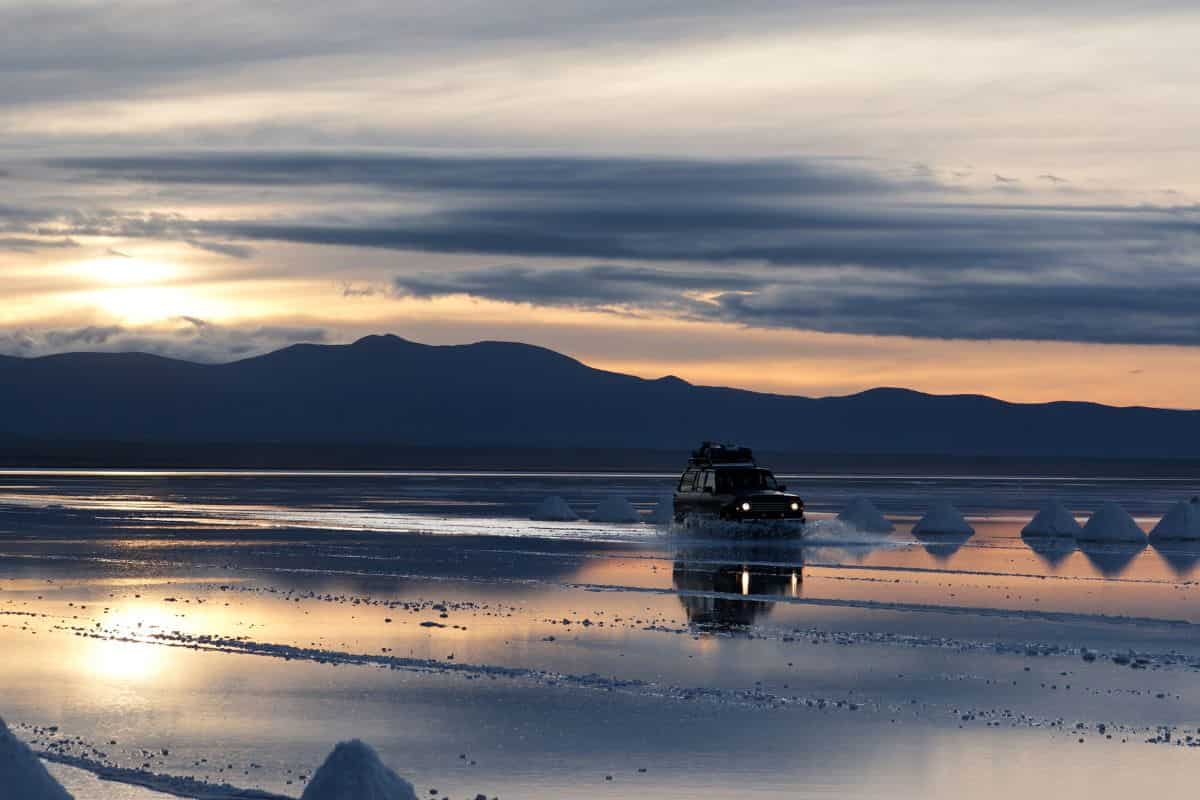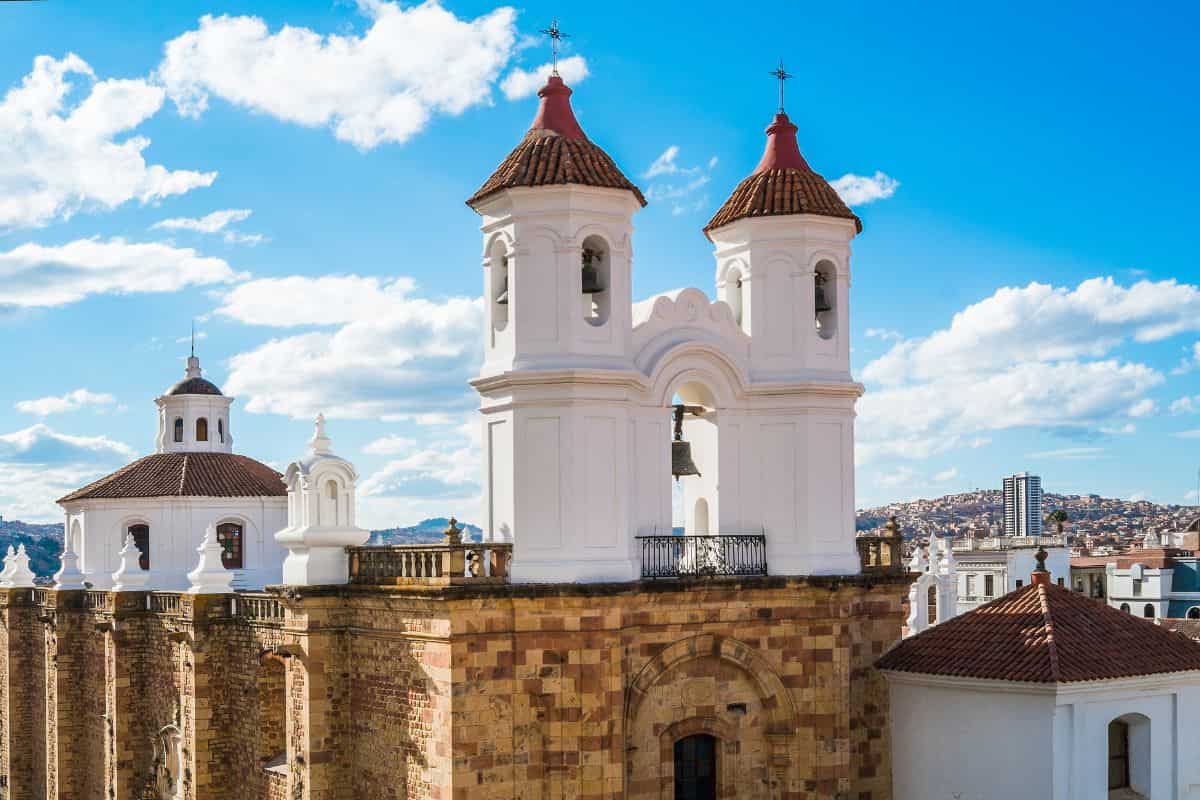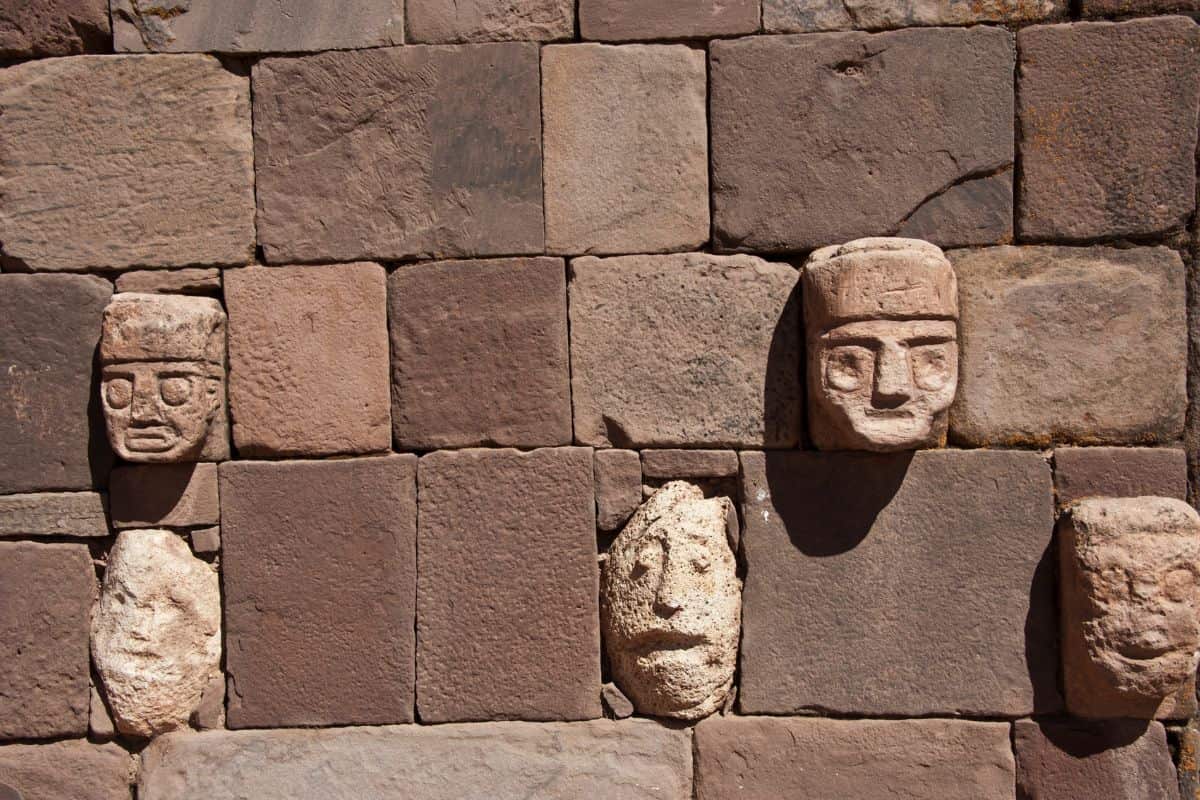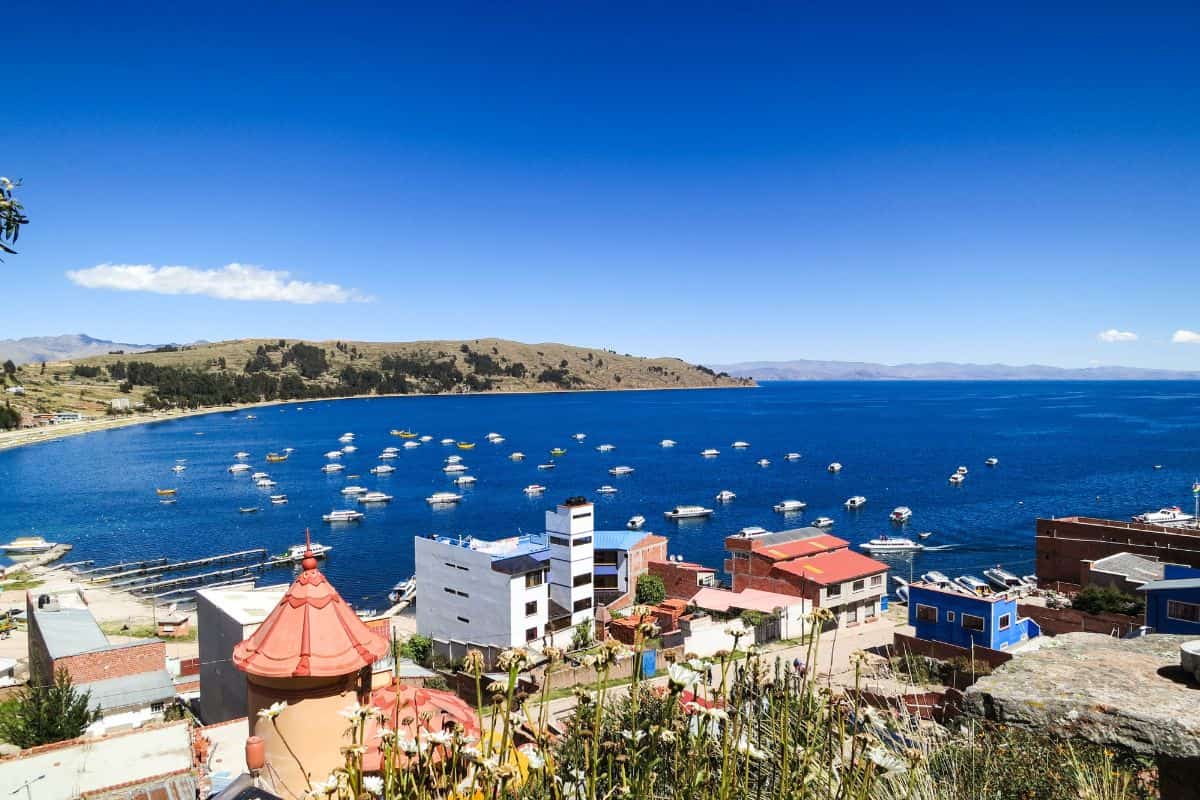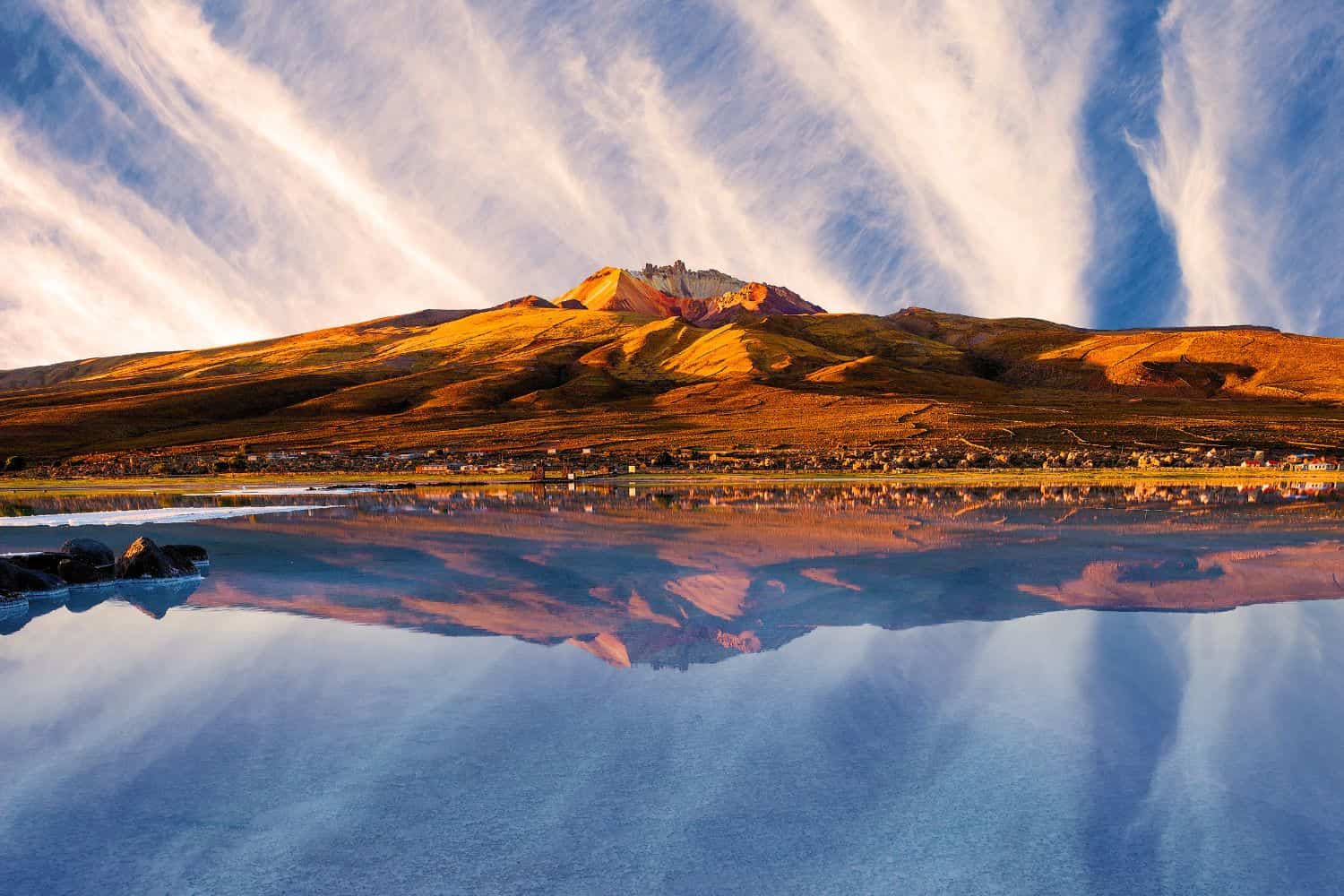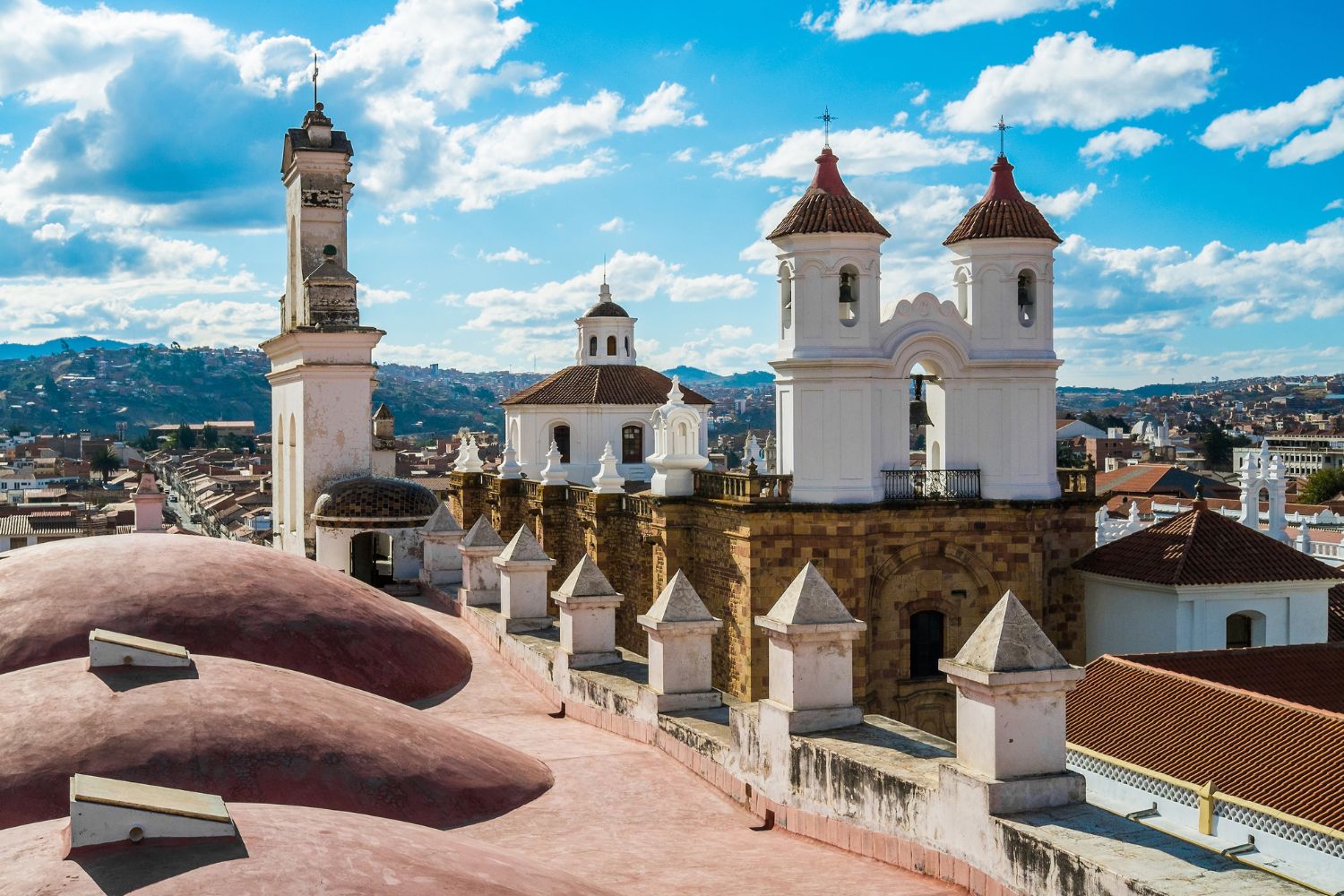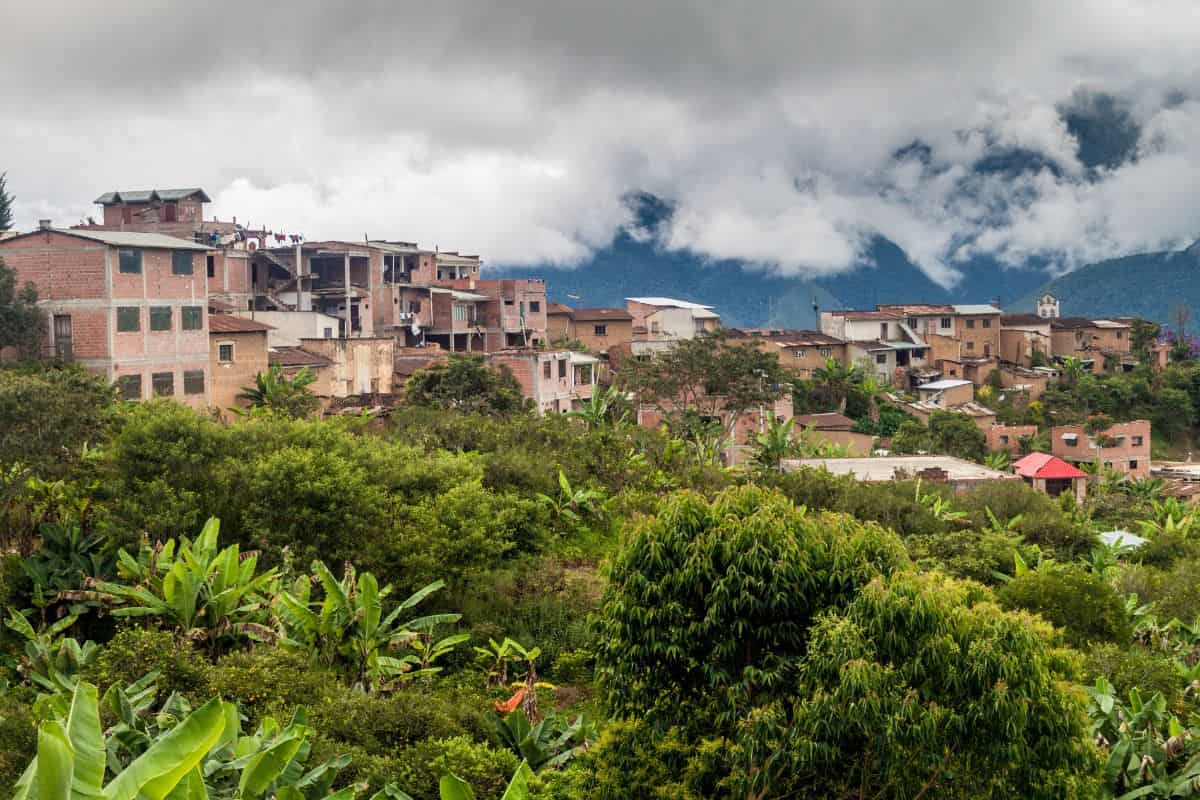Table of Contents
The geography of Bolivia is a captivating blend of diverse landscapes and historical significance. Situated in South America, this landlocked nation’s geographic location has played a pivotal role in shaping its history and cultural identity.
Nestled in the heart of South America, Bolivia geography beckons adventurous travelers with its towering Andean peaks, mesmerizing salt flats, and ancient historical sites. From exploring the majestic Salar de Uyuni to uncovering the cultural tapestry of La Paz, Bolivia’s diverse landscapes and rich history offer an unforgettable journey for intrepid tourists seeking a unique and enriching experience.
The physical geography of Bolivia paints a picture of awe-inspiring natural masterpieces. From the breathtaking heights of the Andes Mountains, which stand as a testament to the nation’s rich indigenous heritage, to the diverse ecosystems of the Amazon rainforest, Bolivia stands as a testament to nature’s grandeur.
Top Geographic Features of Bolivia
- Andes Mountain Range: The majestic Andes range stretches across much of Bolivia, defining its topography and influencing its climate patterns.
- Lake Titicaca: Situated on the border between Bolivia and Peru, Lake Titicaca is the highest navigable lake in the world and holds significant cultural importance for the indigenous communities.
- Yungas Road: Known as the “Death Road,” this treacherous mountain road connects La Paz to the Yungas region and has been a significant transport route throughout history.
- Salar de Uyuni: The world’s largest salt flat, located in the southwestern part of Bolivia. It is characterized by its vast white landscapes and is a major tourist attraction.
- Tiwanaku Ruins: An ancient archaeological site near Lake Titicaca, Tiwanaku holds significant historical and cultural importance as a pre-Incan city.
- Amboró National Park: Located in the center of Bolivia, this park is a biodiversity hotspot, featuring a unique blend of Amazonian, Andean, and Chaco ecosystems.
- Pilcomayo River: Flowing through the southeastern part of Bolivia, the Pilcomayo River is essential for agriculture and local ecosystems.
- Madidi National Park: Situated in the Amazon basin, this park is one of the most biodiverse places on Earth, offering a vast array of flora and fauna.
- Tunupa Volcano: Located near the Salar de Uyuni, this dormant volcano is a significant landmark and holds cultural importance for local communities.
- Gran Chaco: A vast lowland plain in southeastern Bolivia, characterized by its dry forests, wetlands, and unique wildlife.
These geographic features play a crucial role in shaping Bolivia’s landscape, climate, and cultural history, making them essential elements in defining the country’s geography.
Bolivia Geography
Exploring the Bolivia National Geographic canvas reveals a breathtaking array of geographic features. From towering Andean peaks to vast salt flats and verdant rainforests, the country presents a captivating tapestry of natural wonders.
- Mountain Ranges – The Crown of Diversity: Similar to documentaries that often feature towering mountain ranges, Bolivia is home to the majestic Andes Mountains. These towering heights not only contribute to the country’s scenic beauty but also harbor unique biodiversity and have shaped its cultural identity.
- Lakes – A Kaleidoscope of Colors: Bolivia’s Titicaca, the highest navigable lake in the world, mirrors the picturesque landscapes captured in photographs. This vast, shimmering lake, surrounded by highlands, reflects the region’s geological and cultural richness.
- Rainforests – The Lungs of the Earth: Just as rainforests symbolize vibrant ecosystems, Bolivia’s portion of the Amazon rainforest showcases a dense canopy of biodiversity. This lush region tells tales of indigenous communities and their harmonious relationship with nature.
- Historical Sites – Unveiling the Past: Bolivia’s historical sites, like the ancient city of Tiwanaku, evoke memories of explorations that uncover ancient civilizations. The remnants of this pre-Incan city stand as a testament to the country’s rich indigenous heritage.
- Ethnic Diversity – A Cultural Melting Pot: Similar to the National Geographic focus on diverse cultures, Bolivia is a tapestry of ethnic groups, including Quechua, Aymara, Guarani, and many others. Each group contributes unique traditions, languages, and customs, creating a vibrant cultural mosaic.
- Wildlife – A Sanctuary for Nature: Bolivia’s protected areas, such as the Madidi National Park, mirror the coverage of wildlife conservation. These regions serve as vital habitats for a plethora of species, preserving biodiversity in diverse environments.
- Geological Marvels – A Natural Showcase: The country’s geological wonders, like the Salar de Uyuni, the world’s largest salt flat, showcase Bolivia’s natural beauty and uniqueness. Such landscapes demonstrate the fascinating interplay between geology and climate.
- Remote Exploration – Uncharted Territories: The remote and untouched regions of Bolivia, such as the Noel Kempff Mercado National Park, beckon adventurers, much like quests into uncharted territories. These areas offer a glimpse into pristine landscapes and deep-rooted cultural traditions.
Bolivia geographic features are marked by the dominating presence of the Andes mountain range. These majestic peaks, some reaching heights of over 6,000 meters, create a breathtaking backdrop for the nation’s diverse topography. The historic Yungas Road, once a critical trade route, winds its way through these formidable mountains, connecting the highlands to the Amazonian lowlands.
Flowing gracefully through the Bolivian landscape are the life-giving rivers of the Amazon basin, such as the Madre de Dios and the Beni River, vital for agriculture and irrigation. Additionally, the vast Uyuni Salt Flats and the high-altitude Altiplano add to the country’s unique geography.
Bolivia Geographic Location
Bolivia geographic location is very strategic, and its position has played a significant role throughout history. Located in the heart of South America, Bolivia has been a crossroads for various indigenous cultures and empires, leaving a profound impact on its historical significance.
Borders of Bolivia
Bolivia shares borders with five countries. Here is Bolivia physical geography with the neighboring countries and the approximate total length of each border:
- Argentina: The border between Bolivia and Argentina is approximately 832 kilometers long.
- Brazil: The border between Bolivia and Brazil is approximately 3,400 kilometers long, making it the longest international border for Bolivia.
- Chile: The border between Bolivia and Chile is approximately 860 kilometers long.
- Paraguay: The border between Bolivia and Paraguay is approximately 750 kilometers long.
- Peru: The border between Bolivia and Peru is approximately 1,075 kilometers long.
| Bolivia Neighboring | Country Border Length (Approximate) |
|---|---|
| Argentina | 832 kilometers |
| Brazil | 3,400 kilometers |
| Chile | 860 kilometers |
| Paraguay | 750 kilometers |
| Peru | 1,075 kilometers |
These international borders define Bolivia’s connections to different regions and contribute to the country’s geopolitical significance as a crossroads between South America’s Andean region and the broader continent.
Geography of La Paz Bolivia
As the administrative capital of Bolivia, La Paz is a captivating microcosm of the country’s human geography. Here, various ethnic groups, including Aymaras, Quechuas, mestizos, and Europeans, coexist, contributing to the city’s rich cultural mosaic.
La Paz, the administrative capital of Bolivia
- City of Contrasts: La Paz is renowned for its striking contrasts, where modern developments harmonize with traditional neighborhoods, creating a distinctive fusion of past and present.
- La Paz River: The La Paz River flows through the city, providing water for irrigation and supporting the city’s agriculture.
- La Paz’s Elevation: The city is situated at a high altitude, approximately 3,650 meters (11,975 feet) above sea level, surrounded by the towering peaks of the Andes Mountains.
- Green Spaces: La Paz boasts several beautiful parks and gardens, including the Jardín Botánico, offering a tranquil retreat amidst the bustling city.
- La Paz’s Historical Significance: With a history spanning over 450 years, La Paz has witnessed various civilizations and played a significant role in historical trade routes.
- Diverse Architecture: The city features a diverse architectural heritage, influenced by indigenous, colonial, and contemporary styles.
- Snow-Capped Peaks: During the winter season, the nearby Andean peaks, such as Illimani, are often adorned with snow, enhancing the city’s picturesque scenery.
- Sajama Fortress: The historic Sajama Fortress, situated on a hill overlooking La Paz, is an emblematic symbol of the city’s historical importance.
- La Paz’s Economy: The city functions as Bolivia’s economic and cultural hub, drawing people from across the nation in pursuit of opportunities and education.
- Population Growth: La Paz has encountered rapid population growth, marked by a substantial influx of individuals from rural regions, leading to urbanization and infrastructure challenges.
Historical Geographical Importance of Bolivia
Throughout the ages, Bolivia’s geographical significance has made it a sought-after stage for historical drama. As empires rose and fell, from the Inca Empire to the Spanish and other colonial powers, Bolivia’s geographic position played a pivotal role in shaping the world’s history.
- Strategic Heartland: Bolivia geographic location at the heart of South America has made it a strategic point for trade, cultural exchange, and military conquests throughout history.
- Ancient Trade Routes: The ancient trade routes of the Andes passed through Bolivia, connecting different regions and facilitating the exchange of goods, ideas, and cultures.
- Inca Empire’s Expansion: Bolivia was a key region during the Inca Empire’s expansion, as they sought to integrate diverse territories into their vast domain.
- Colonial Struggles: During the colonial period, Bolivia became a focal point for Spanish exploration and exploitation, especially due to its rich silver mines in Potosí.
- Wars of Independence: Bolivia geographic position played a significant role in the wars of independence, where various factions sought to liberate the region from Spanish rule.
- Influence of Indigenous Cultures: Bolivia has been home to various indigenous cultures, including the Aymara and Quechua, shaping its culture and history.
- Conquests and Colonial Rule: The Spanish conquest in the 16th century had a profound impact on Bolivia’s history, leaving lasting cultural, political, and economic legacies.
- Bolivian Republic: After gaining independence, Bolivia faced numerous challenges in establishing its national identity and sovereignty, influenced by both internal and external forces.
- Tiwanaku and Other Ancient Civilizations: The ancient city of Tiwanaku and other pre-Incan civilizations left a significant architectural and cultural heritage in Bolivia.
- Influence of Catholicism: Bolivia’s geographic location at the heart of South America also made it a key center for the spread of Catholicism, influencing its culture, art, and architecture.
The geographical position of Bolivia is a kaleidoscope of beauty and historical importance. With its diverse landscapes, ranging from the Andes mountains to the Amazon rainforest, ancient trade routes, and rich cultural heritage, this nation continues to capture the world’s imagination. Despite challenges, Bolivia remains a compelling destination for the intrepid traveler and curious explorer, drawn to its tapestry of nature’s wonders and historical intrigue.
In conclusion, Bolivia’s geographical significance has made it a stage for historical drama, with various empires and civilizations vying for control and leaving their mark on the region’s history. Its strategic position has shaped the world’s historical events and continues to play a pivotal role in the geopolitics of the region today.

